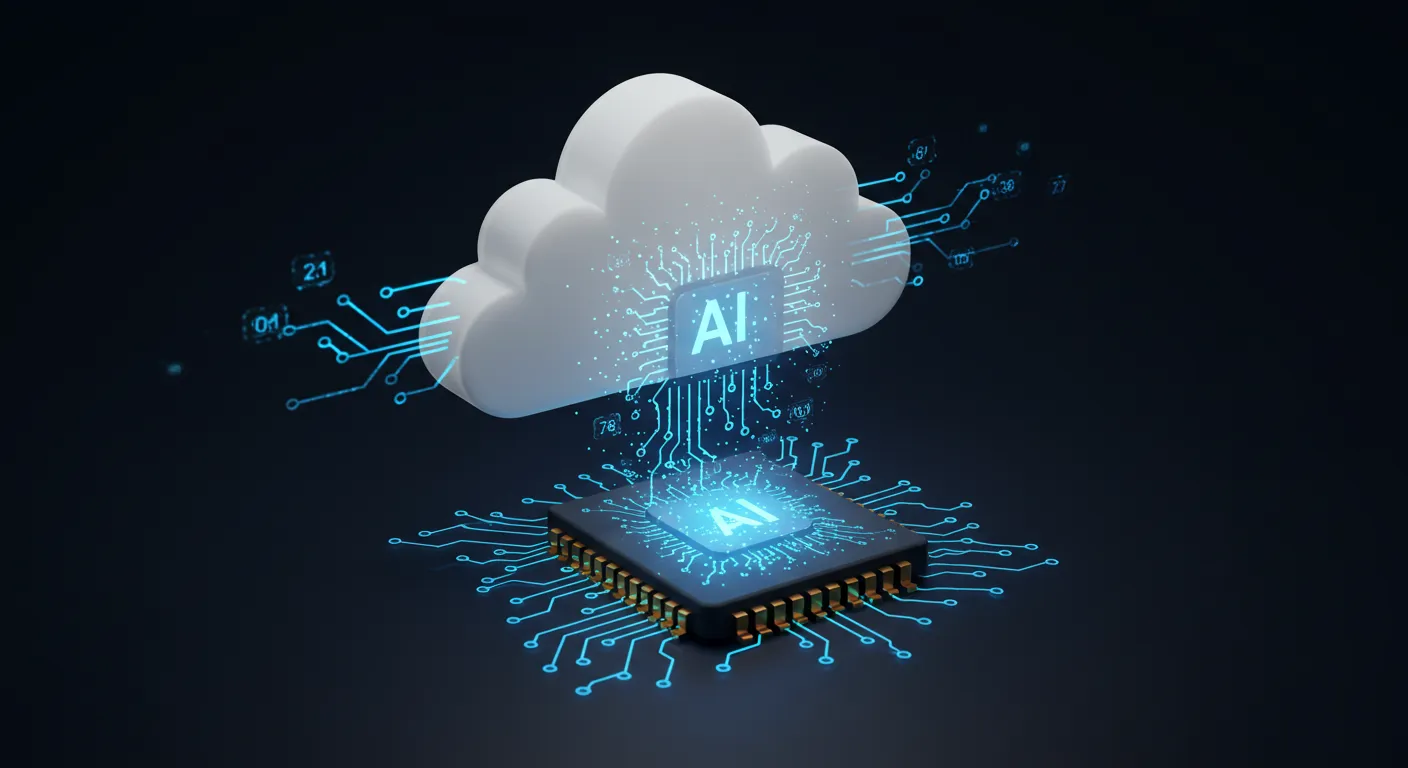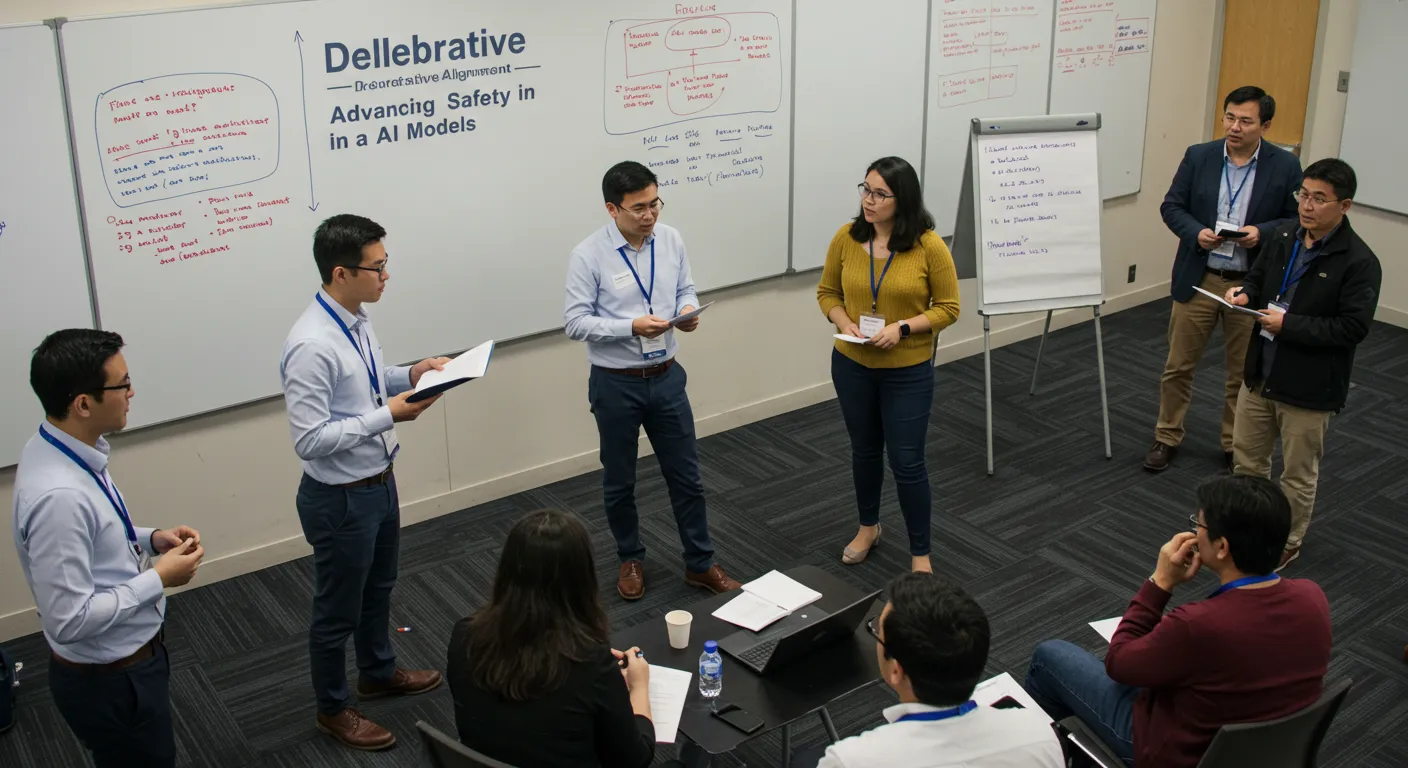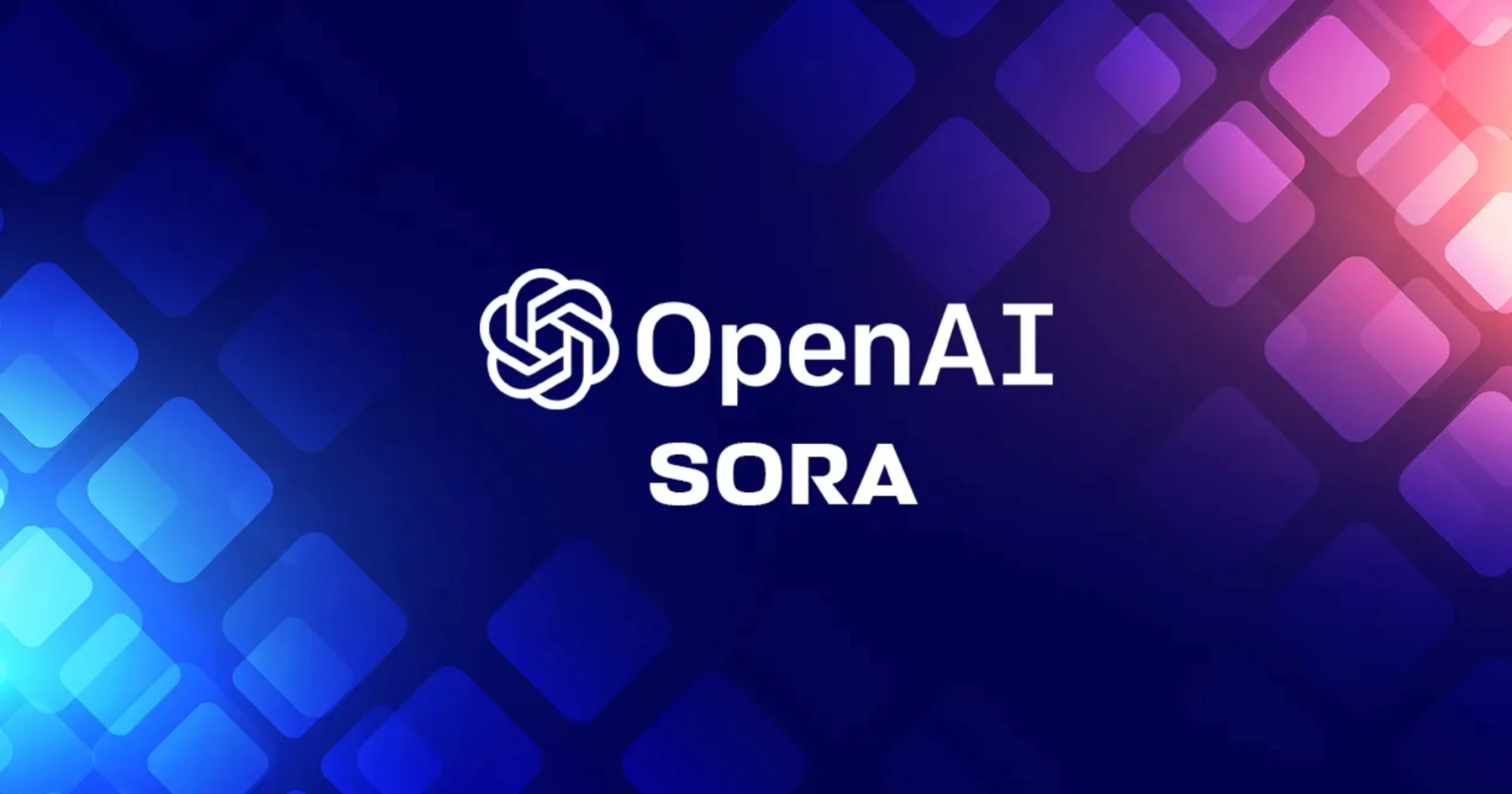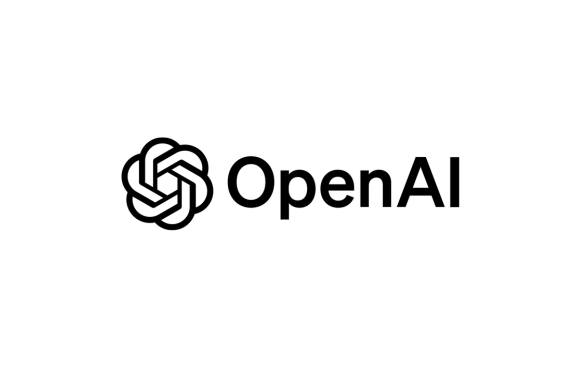Artificial Intelligence (AI) has traditionally relied on cloud-based infrastructures to perform complex computations. However, the technological landscape is shifting towards on-device AI processing, enabling devices to execute AI tasks locally without constant cloud connectivity. This evolution offers significant benefits, including reduced latency, enhanced privacy, and improved energy efficiency, marking a pivotal advancement in AI technology.
The Evolution of On-Device AI
The journey of on-device AI began with the integration of specialized hardware in consumer electronics. For instance, Apple’s Neural Engine, introduced in 2017 with the A11 Bionic chip, was designed to accelerate machine learning tasks directly on iPhones. This innovation allowed for real-time processing of features like Face ID and Animoji. Similarly, Qualcomm’s AI Engine, embedded in Snapdragon processors, has empowered smartphones to handle AI-driven tasks such as image recognition and natural language processing on the device itself.
Core Concepts and Technical Details
On-device AI, also known as edge AI, involves deploying AI models directly onto devices like smartphones, wearables, and IoT gadgets. This approach eliminates the need to transmit data to centralized cloud servers for processing. Key components include:
- Hardware Accelerators: Specialized processors, such as Apple’s Neural Engine and Qualcomm’s AI Engine, designed to efficiently execute AI computations.
- Optimized AI Models: Lightweight models tailored to operate within the computational constraints of mobile and embedded devices.
- On-Device Processing Frameworks: Software platforms like Core ML and TensorFlow Lite that facilitate the deployment and execution of AI models on devices.
Current Applications and Use Cases
On-device AI has permeated various applications, enhancing user experiences across multiple domains:
- Personal Assistants: Voice recognition and natural language processing enable assistants like Siri and Google Assistant to function more responsively.
- Photography: Real-time image processing features, such as scene detection and portrait mode, are powered by on-device AI.
- Health Monitoring: Wearable devices analyze biometric data in real-time to provide immediate health insights.
- Augmented Reality (AR): On-device AI facilitates real-time object recognition and environment mapping, enhancing AR experiences.
Tools and Technologies Involved
The advancement of on-device AI is supported by a suite of tools and technologies:
- Machine Learning Frameworks: Platforms like TensorFlow Lite and PyTorch Mobile enable developers to create and deploy AI models on mobile devices.
- Hardware Innovations: Chips with integrated AI capabilities, such as Apple’s Neural Engine and Qualcomm’s AI Engine, provide the necessary computational power.
- Development Environments: Integrated development environments (IDEs) and software development kits (SDKs) that support on-device AI model training and optimization.
Future Trends and Predictions
The trajectory of on-device AI points towards several emerging trends:
- Enhanced Personalization: Devices will increasingly tailor experiences based on real-time data analysis, offering more personalized services.
- Privacy-Centric AI: Processing data locally addresses privacy concerns, as sensitive information remains on the device.
- Integration with 5G: The rollout of 5G networks will complement on-device AI by providing faster data transfer when cloud interaction is necessary.
- Expansion into IoT: On-device AI will become more prevalent in Internet of Things devices, enabling smarter homes and cities.
Final Thoughts
The shift towards on-device AI signifies a transformative phase in artificial intelligence, bringing computation closer to the user and enhancing the immediacy and personalization of technology. As hardware and software continue to evolve, on-device AI is poised to become a cornerstone of future technological innovations, offering a seamless blend of performance, privacy, and user-centric design.





